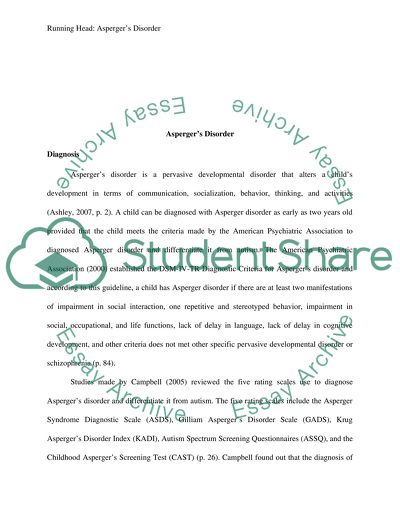Cite this document
(“Aspergers Disorder Research Paper Example | Topics and Well Written Essays - 1250 words”, n.d.)
Retrieved from https://studentshare.org/psychology/1428347-asperger-s-disorder
Retrieved from https://studentshare.org/psychology/1428347-asperger-s-disorder
(Aspergers Disorder Research Paper Example | Topics and Well Written Essays - 1250 Words)
https://studentshare.org/psychology/1428347-asperger-s-disorder.
https://studentshare.org/psychology/1428347-asperger-s-disorder.
“Aspergers Disorder Research Paper Example | Topics and Well Written Essays - 1250 Words”, n.d. https://studentshare.org/psychology/1428347-asperger-s-disorder.


